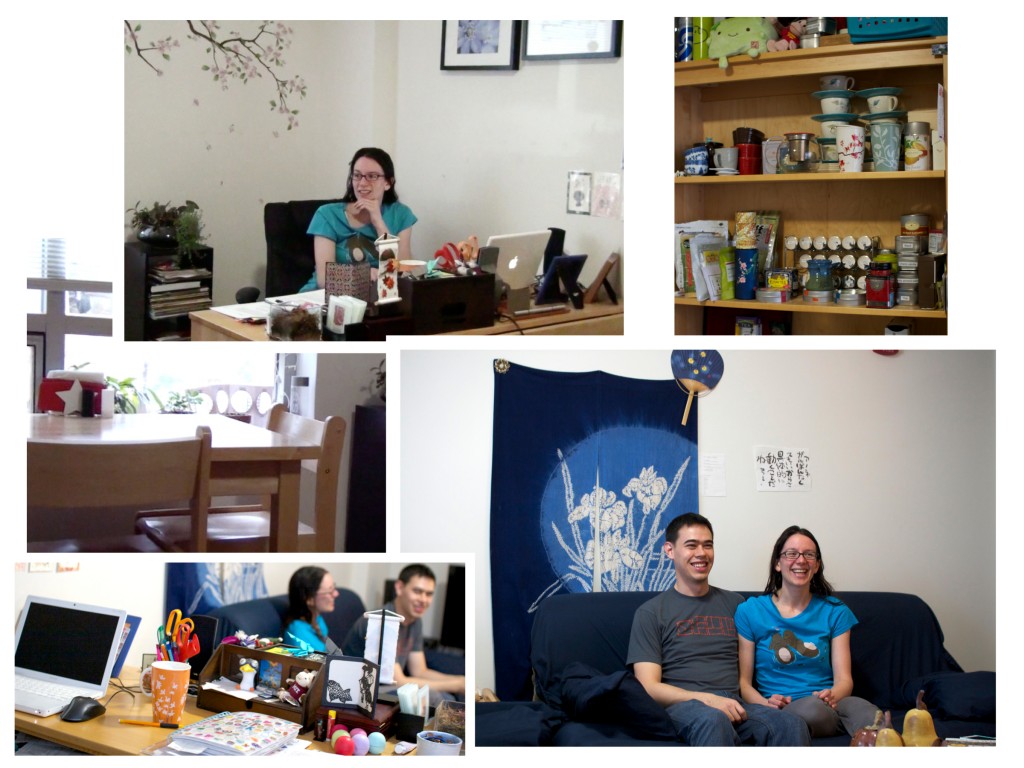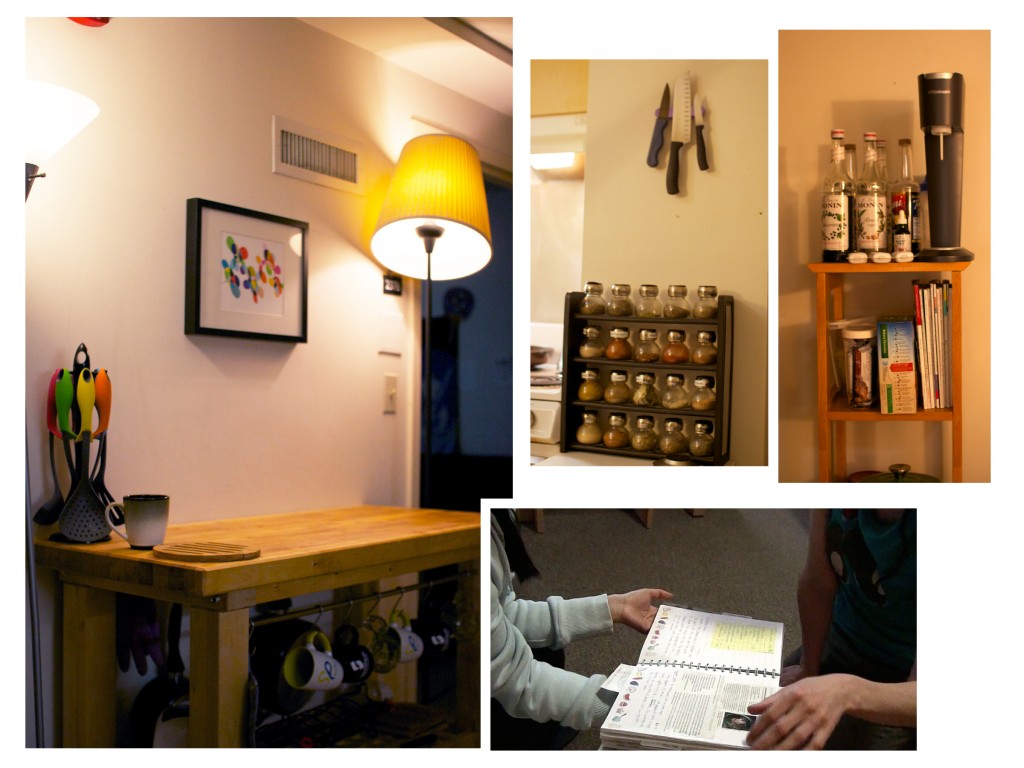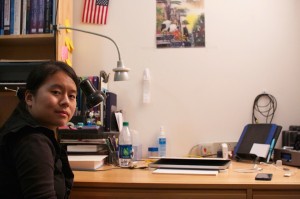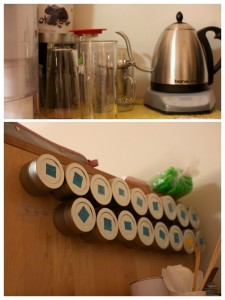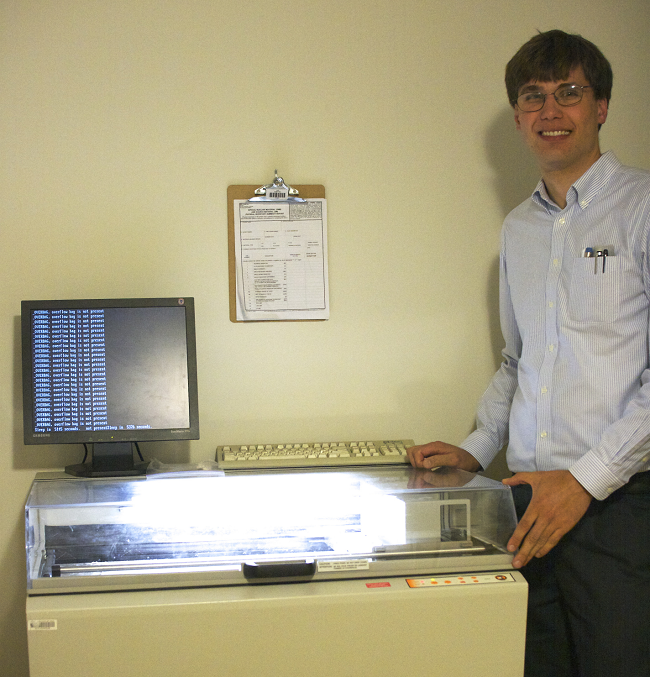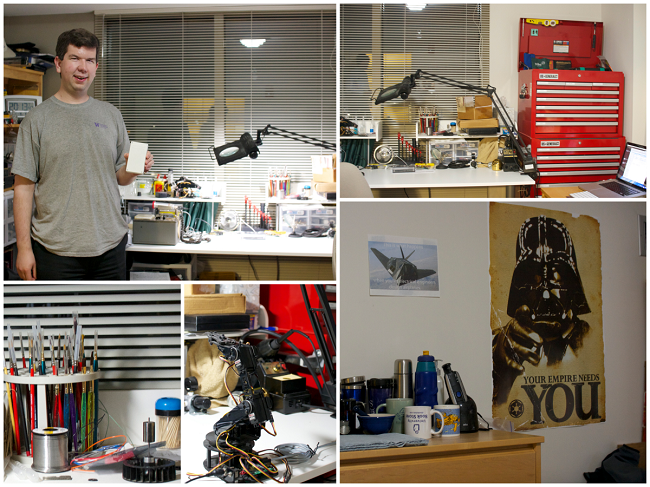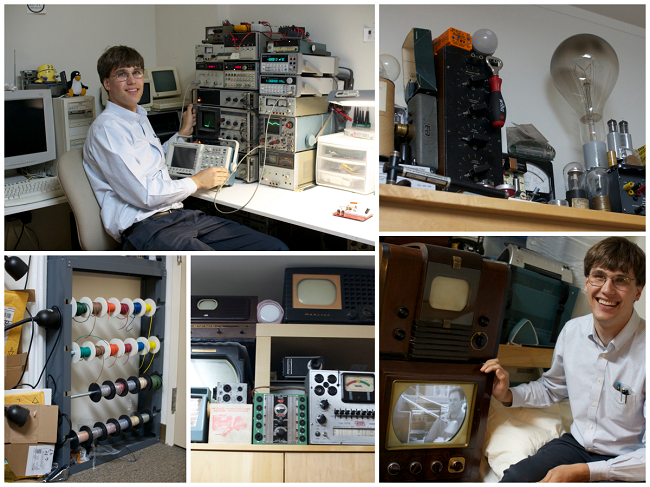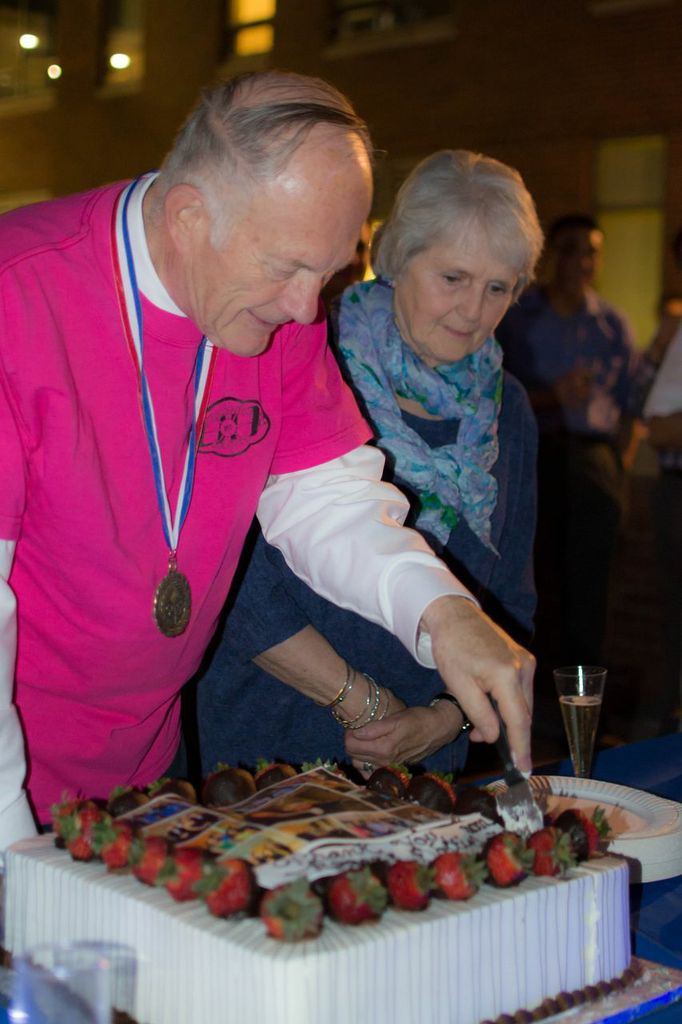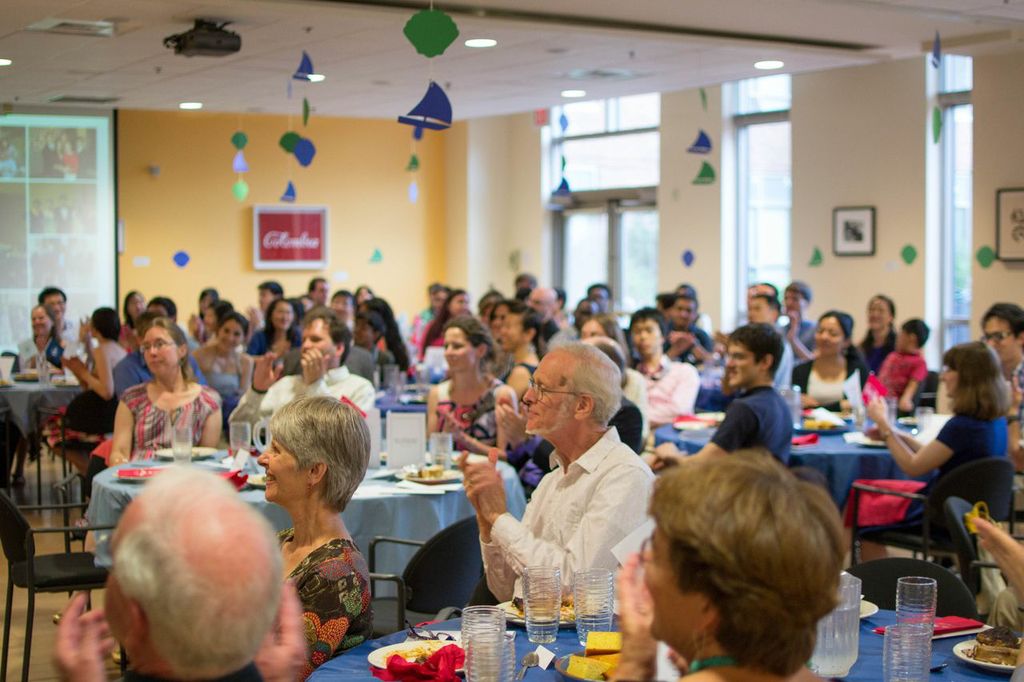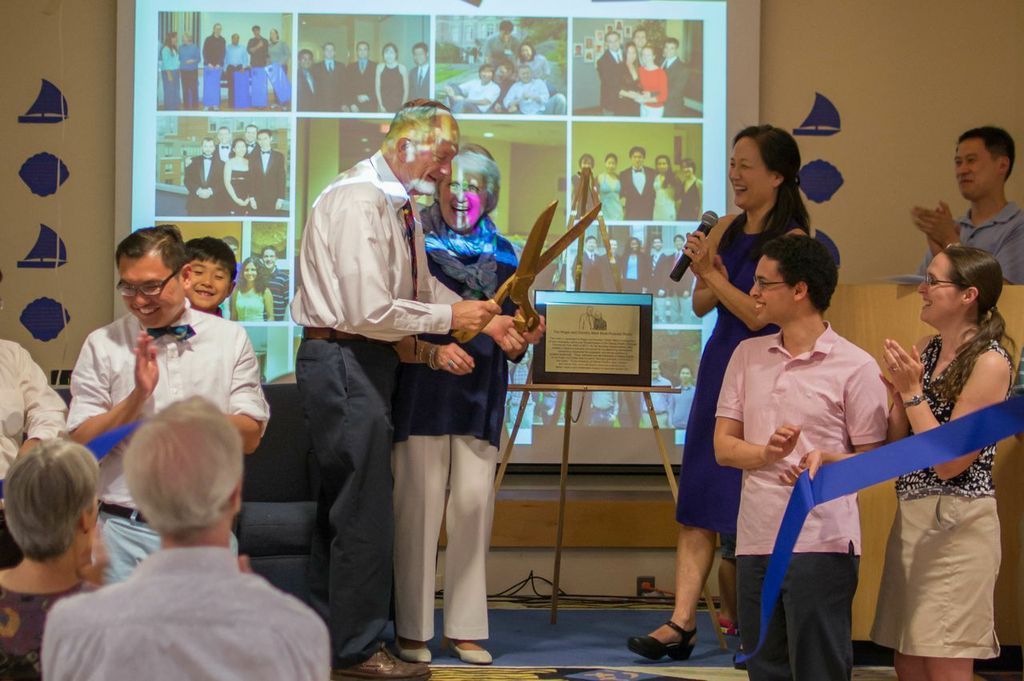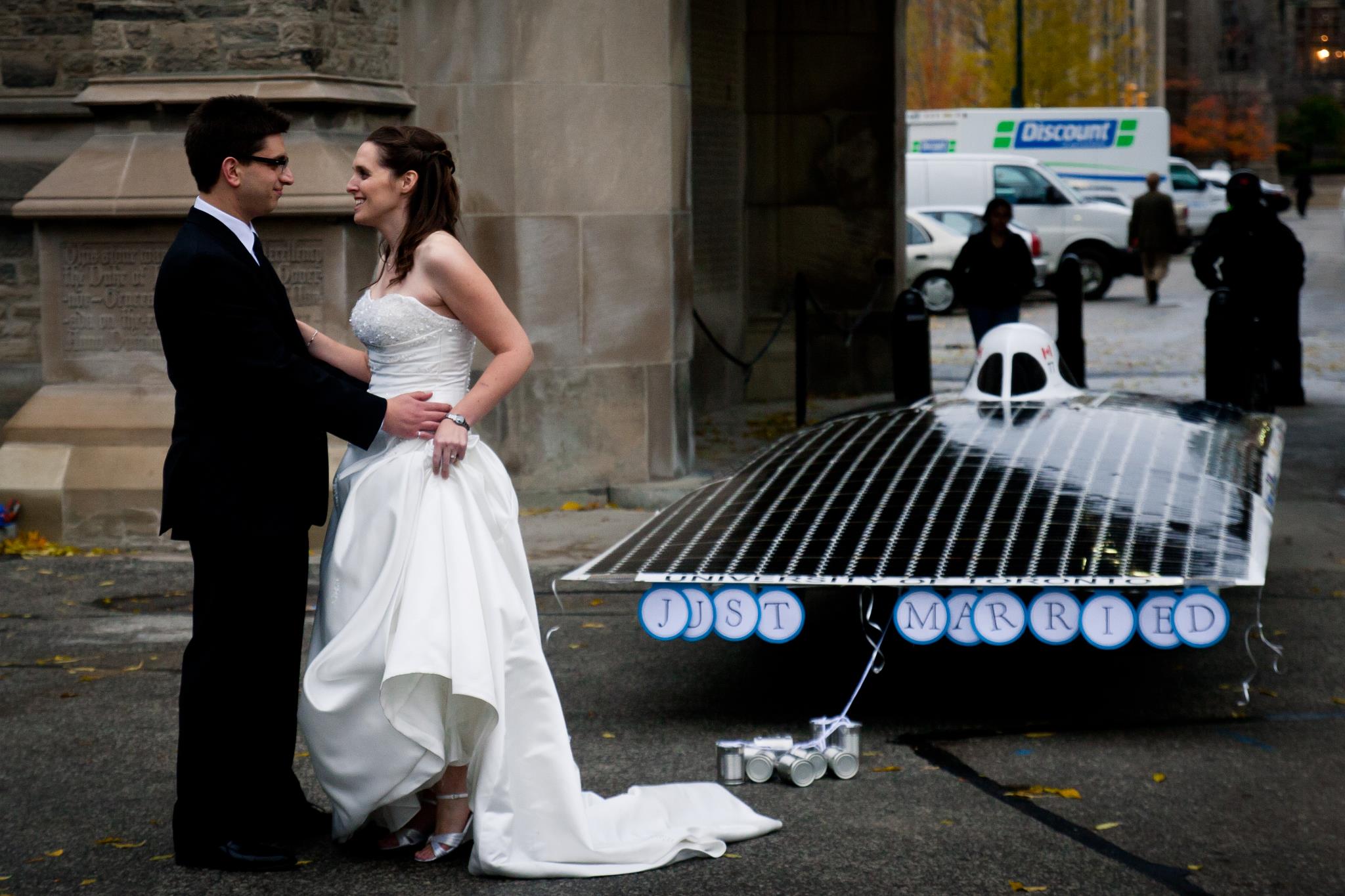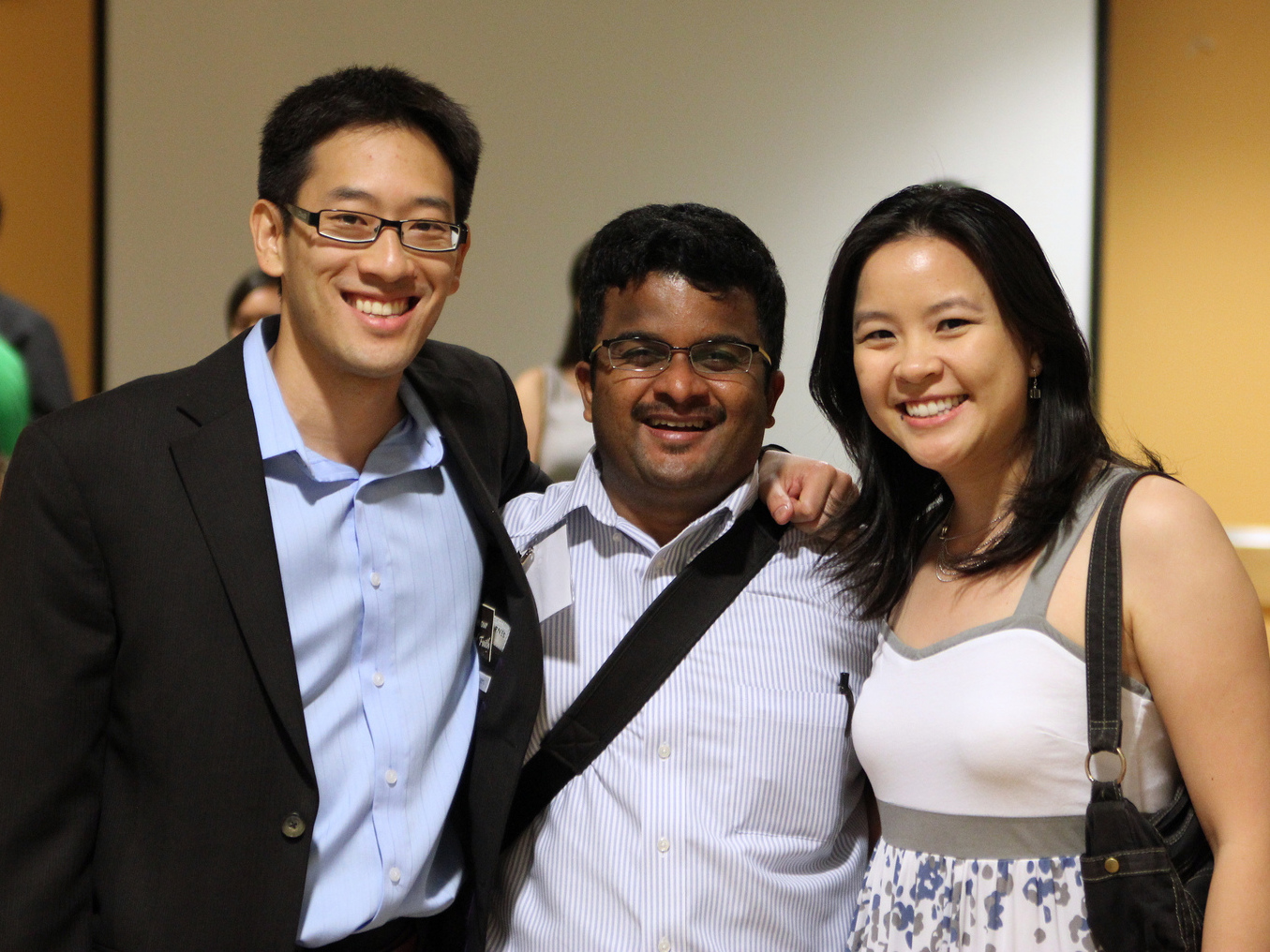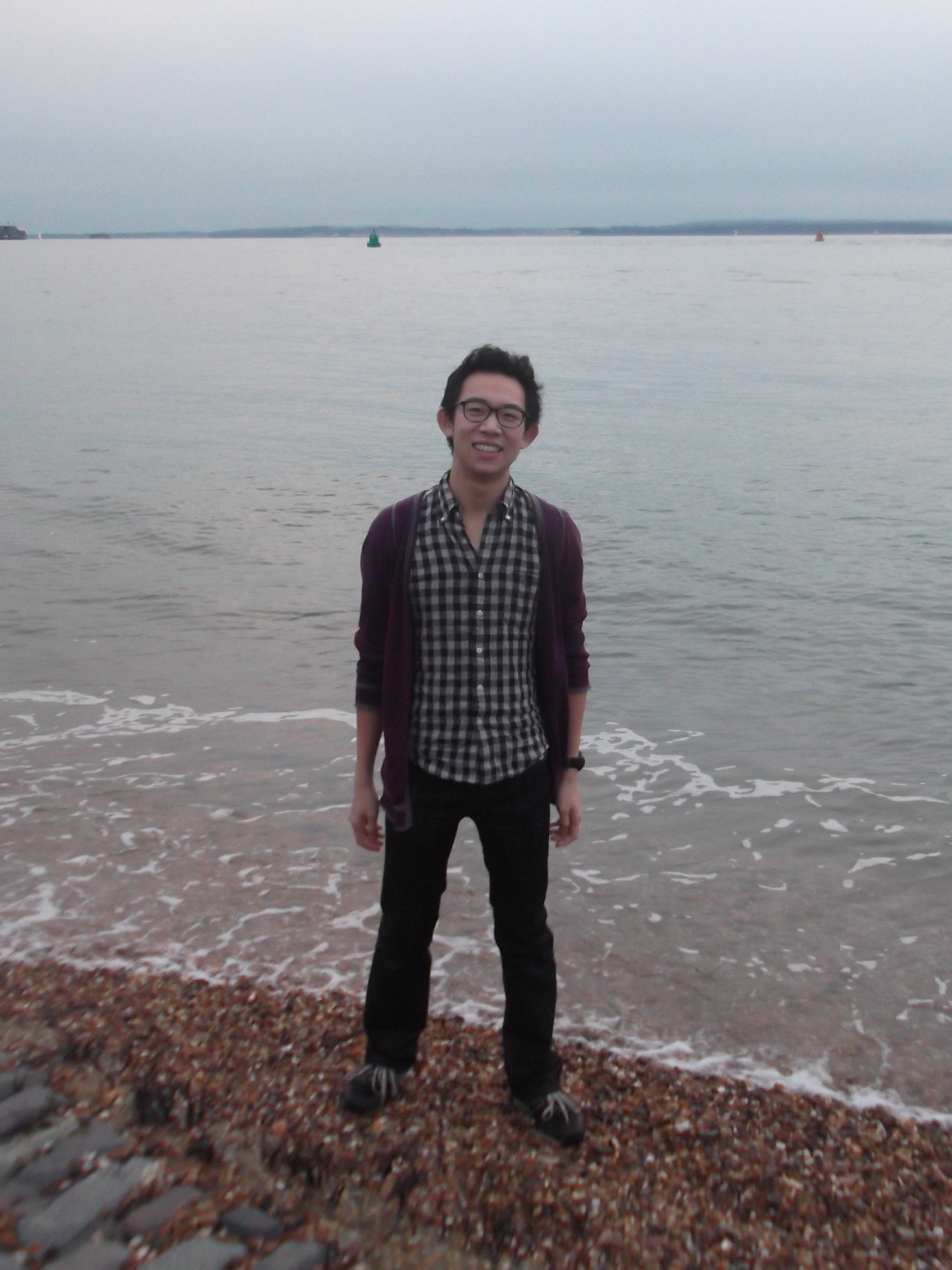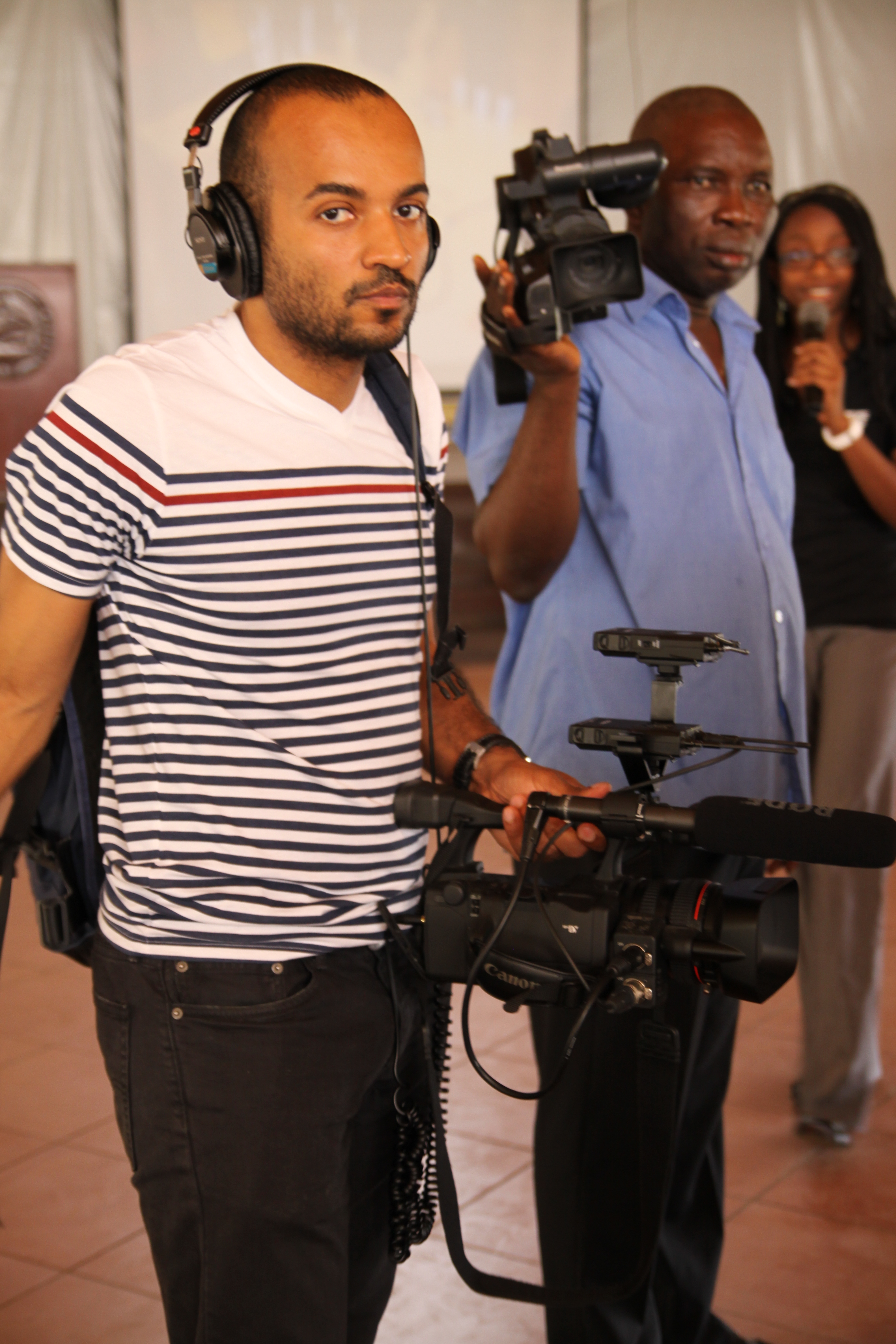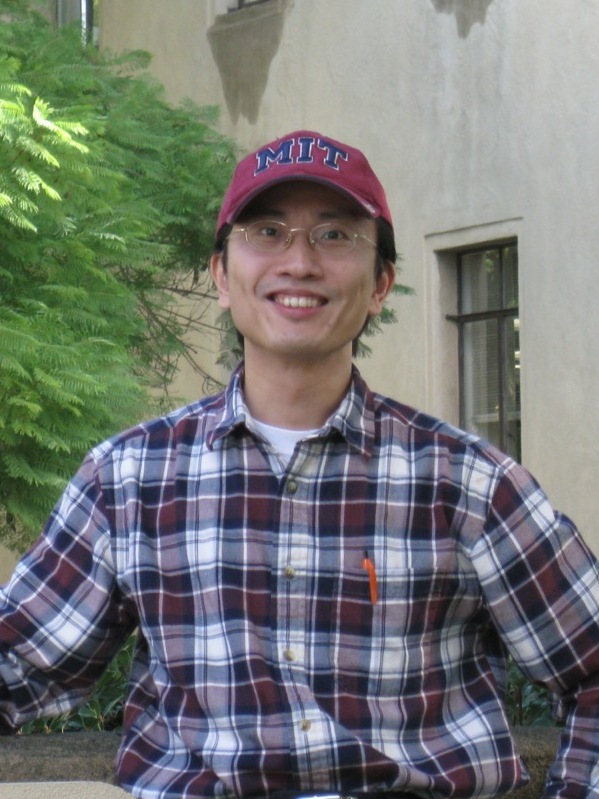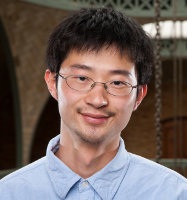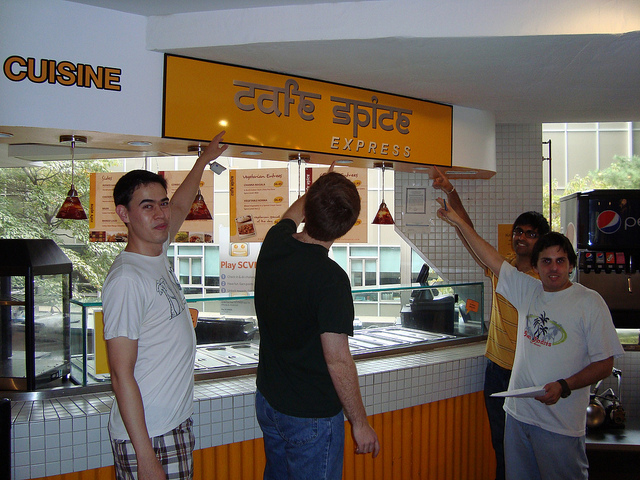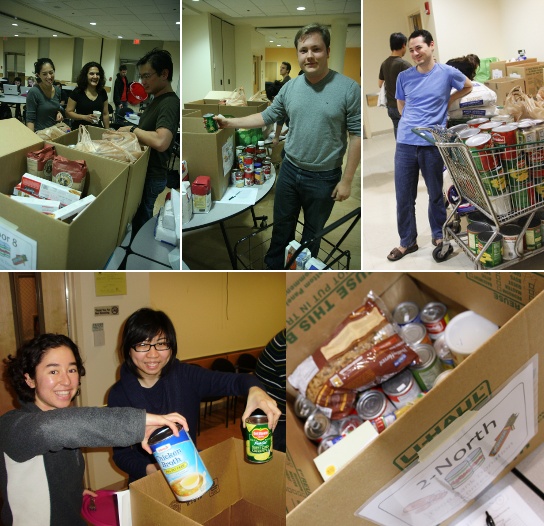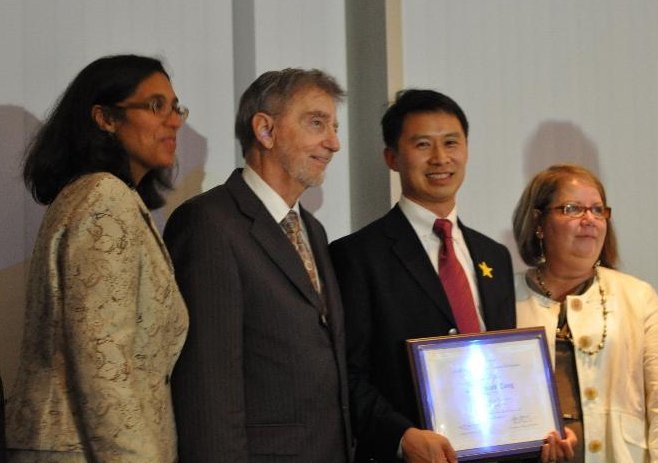
Charles Thraves, S-P resident
Charles Thraves, a graduate student in operations research at MIT and a resident at S-P recently watched the documentary Ivory Tower. We asked him for his thoughts on the film.
Thraves: Before going to the questions, I would say that I found a very interesting documentary, and that even though I suggest the outing to this event, it doesn’t mean that I agree 100% with all what it claims.
SPeaker: What did you know about the state of higher education in the US prior to watching the movie?
Thraves: I have known that there are plenty of offers in what higher education regards, where many names are in the top of the world. Also that higher education is a big step in life for U.S. citizens, and so is a big achievement to succeed in life.
SPeaker: What is one thing you learned by watching the movie?
Thraves: I learned different facets and issues that have been arising over the last decades. For example, the increasing student’s loans which now is exceeding a billion of dollars. This by itself may be reasonable since students are investing in their future. However, numerous institutions are operating like a business just aware to capture students by offering careers which hardly have a working field. In addition, some Universities are shaping according to stylize ranking measures, leading to huge expenditures on things which are very apart from educational purposes, and therefore increasing tuition costs. Also how online courses are entering into the stage to make knowledge more accessible, nonetheless many students feel that the learning is quite less compared to a classroom lessons. As a result, online courses are solving the symptoms of a problem (that accessibility to higher education should not depend on the student’s wealth), however, this is creating a segregation of two classes of students: the ones that can pay and so are eligible to face-to-face classes, and a second tier group which will just watch classes on YouTube.
SPeaker: What can you tell us about higher education in your home country? In particular, can you share one similarity and one difference from the system in the US?
Thraves: Higher education in Chile (my home country) is also expensive, and students debt is also an issue. We have numerous Universities that are literally like a for profit business. These institutions minimize costs as much as possible, they don’t spend on full time professors nor research, but just on marketing to capture students and classes (even better if they are online). Unfortunately information in these “markets” is very fuzzy. So plenty of people apply to these institutions receiving a low quality education while going into big debts which they hardly will be able to pay in future. One difference would be that Universities in Chile are more local, in the sense that they don’t have a mix of students of all over the country nor other countries as much as in the U.S.
SPeaker: Who would you recommend this movie to?
Thraves: People who like the education topic in general.

